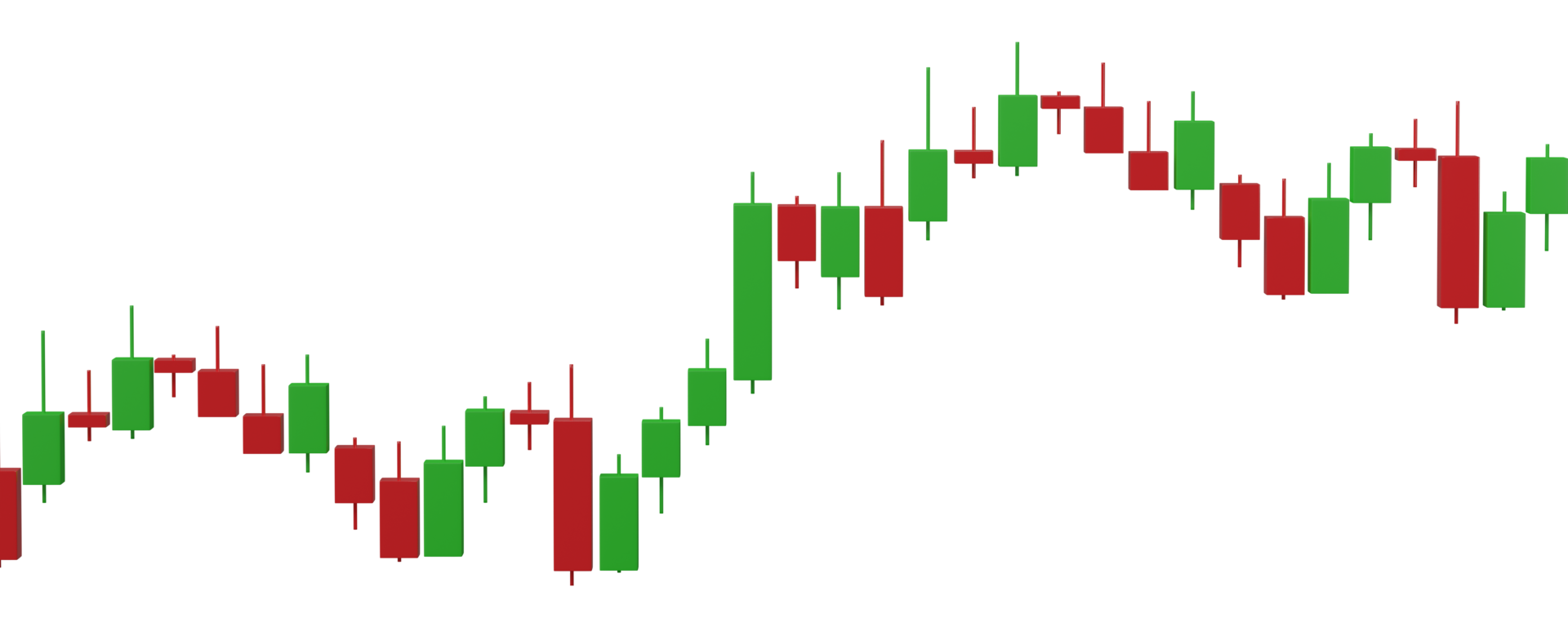In the evolving landscape of design, stock vector art has emerged as a vital tool for designers, offering a rich resource of graphics that cater to various projects. This form of art streamlines the creative process, allowing for versatility and accessibility in both digital and print media. Understanding its significance can enhance the quality of design work while also saving time and costs.
Understanding Stock Vector Art

Stock vector art refers to digital graphics created using mathematical equations, which allows them to be scaled infinitely without losing quality. These graphics are sold through online libraries and can be purchased for commercial or personal use. Unlike raster images, which are pixel-based and can become blurry when resized, vector art retains its clarity. This feature is particularly beneficial for logos, branding, and other design elements that require precision.
Vectors can be edited easily, allowing designers to manipulate colors, shapes, and sizes according to their project’s needs. They come in various styles, from icons and illustrations to complex patterns, making them versatile tools for creating engaging visuals. The accessibility of stock vector art has democratized the design industry, enabling freelancers, small businesses, and large corporations alike to create professional-quality graphics without the need for extensive artistic skills.
Benefits of Using Stock Vector Art in Design

Utilizing stock vector art in design has numerous advantages:
- Cost-Effective: Stock vectors are usually more affordable than hiring a custom illustrator, making them a smart choice for budget-conscious projects.
- Time-Saving: Instead of starting from scratch, designers can quickly find and adapt existing vectors, allowing them to meet tight deadlines.
- High Quality: Many stock vector libraries offer professionally created graphics, ensuring high quality for any design work.
- Versatility: Vectors can be used for various applications, including websites, presentations, print media, and more.
Embracing stock vector art can significantly enhance the efficiency and creativity of modern design practices, ensuring designers deliver impactful visuals.
How to Choose Quality Stock Vector Art

When it comes to incorporating stock vector art into your design projects, not all vectors are created equal. Choosing quality stock vector art is crucial for achieving a polished and professional look. Here are some tips to help you select the best options:
- Resolution and Scalability: Always check the resolution. Quality vectors are typically resolution-independent, allowing them to be scaled without losing clarity. Opt for vectors that can be resized for various applications, from small icons to large posters.
- File Format: Familiarize yourself with file formats. Typically, vector files come in formats like .AI, .EPS, or .SVG. These are preferable for graphic design as they maintain quality regardless of size. Avoid raster formats like .JPEG or .PNG for vector use.
- Artistic Style: Consider the artistic style. Ensure it aligns with your project’s theme. Browsing portfolios or galleries of the artist can provide insight into their unique styles, helping you find vectors that fit your vision.
- Licensing Terms: Always review licensing terms. Some stock vectors come with restrictions on use, while others allow for commercial usage. Understanding these terms prevents future legal issues.
- Reviews and Ratings: Look for user reviews and ratings for the artwork. Feedback from other designers can indicate the quality and usability of the vector art, guiding your decision-making process.
Ultimately, investing some time in researching and evaluating vector options will enhance the quality of your designs, making your projects more impressive and effective.
Popular Platforms for Stock Vector Art
Now that you understand how to choose quality stock vector art, it’s time to dive into where to find it. There are numerous platforms available, each offering a variety of vectors for different needs. Here are some of the most popular places to explore:
| Platform | Notable Features |
|---|---|
| Adobe Stock | Extensive library, high-quality vectors, integration with Adobe Creative Cloud. |
| Shutterstock | Massive collection of vectors, flexible subscription plans, user-friendly interface. |
| VectorStock | Focus on vector art specifically, affordable pricing, and a wide range of styles. |
| Freepik | Free resources available, plus premium options; excellent for personal and commercial use. |
| Creative Market | Support for independent designers, diverse styles, and unique vector options. |
Whether you’re looking for something sleek and modern or whimsical and fun, these platforms cater to various aesthetic needs and budget constraints. Take some time to browse through these sites and find the perfect vector art that resonates with your design goals!
Incorporating Stock Vector Art into Your Projects
Integrating stock vector art into your design projects can elevate your work significantly. Whether you’re creating a marketing campaign, designing a website, or producing a product, the right vector art can enhance your visual storytelling. Here are some effective ways to use stock vector art:
- Branding Materials: Use vectors to create cohesive branding elements such as logos, business cards, and promotional graphics. High-quality vectors can help establish a professional image.
- Infographics: Vectors are perfect for infographics as they scale beautifully without losing quality. Incorporate icons and illustrations that complement your data for better clarity and engagement.
- Social Media Posts: With visually stunning vector images, your social media graphics can stand out in users’ feeds. Customize templates with stock vectors to maintain brand consistency while saving time.
- Web Design: Backgrounds, icons, and buttons can all be created using stock vector art. This allows for a sleek and modern look, improving user experience.
- Print Projects: From brochures to posters, vector art can give your print materials a polished feel. Remember to ensure that your chosen vectors are suitable for print resolution.
Remember to consider licensing when incorporating stock vector art into your projects. Most vector providers have clear guidelines about how you can use their images, so always double-check to avoid any legal issues.
Comparing Stock Vector Art to Custom Illustrations
When deciding between stock vector art and custom illustrations, it’s essential to weigh the pros and cons of each option. Both have their place in design, but which one is right for your project? Let’s break it down:
| Feature | Stock Vector Art | Custom Illustrations |
|---|---|---|
| Cost | Generally more affordable; often available for a one-time fee or through subscription. | Typically more expensive due to the need for a designer’s time and expertise. |
| Uniqueness | May be used by others, which could dilute your brand’s uniqueness. | Completely unique to your project, ensuring a distinct identity. |
| Time Efficiency | Quick to access and implement in projects. | Requires time for the design process, including revisions. |
| Customization | Some customization options are available; however, limitations depend on the stock. | Fully customizable to fit your vision and goals. |
In conclusion, stock vector art offers convenience and cost-effectiveness, while custom illustrations provide a tailored touch that can truly make a design stand out. The best choice will depend on your specific project needs, budget, and timeline. So, assess what you value most in your design endeavors!
Trends in Stock Vector Art for Modern Design
In the dynamic world of design, staying updated with trends is crucial, and stock vector art is no exception. As we dive into 2023, several key trends are shaping the way designers use stock vector art to make their projects stand out.
- Bold Minimalism: Designers are moving toward simplified and bold graphics. Minimalist vector designs focus on essential elements, making them versatile for various applications.
- Organic Shapes: The use of free-form and fluid shapes is gaining traction. This trend embraces soft curves and natural forms, giving designs a more approachable and human feel.
- Vibrant Gradients: Color gradients have made a huge comeback. Vectors featuring rich, blended colors add depth and vibrancy, making any design pop.
- Retro Aesthetics: Nostalgia is a powerful design element. Retro-styled vectors, inspired by the 1980s and 1990s, are being infused into modern projects to evoke familiarity and warmth.
- Environmental and Social Themes: As awareness of social issues grows, eco-friendly and inclusive design is becoming more popular. Vectors that reflect these themes help brands connect with conscious consumers.
These trends not only enhance the visual appeal of designs but also help convey messages that resonate with audiences. Incorporating stock vector art that aligns with current trends can significantly elevate the storytelling aspect of your projects.
Legal Considerations When Using Stock Vector Art
Using stock vector art can be a game changer for designers, but it’s important to navigate the legal landscape carefully. Here are some key legal considerations to keep in mind:
- Licensing Agreements: Before using any stock vector, review its licensing agreement. Stock images typically come with different licenses—some allow personal use only, while others permit commercial use with specific limitations.
- Attribution Requirements: Some stock vectors require users to provide credit to the creator. Be sure to follow these rules to respect the rights of artists and avoid legal issues.
- Modification Rights: Know whether you can modify or adapt the stock vector. Many licenses allow alterations, but some might require you to use the image as is.
- Usage Restrictions: Be aware of any restrictions on how you can use the vector art. For example, using a stock vector in a logo may be prohibited under certain licenses.
- Exclusive vs. Non-Exclusive Licenses: Decide if you need exclusivity. With an exclusive license, you can ensure that no one else can use the same vector, which may be crucial for brands seeking a unique image.
By understanding these legal considerations, you can confidently use stock vector art in your designs while protecting yourself and the artists. It’s always better to be informed than to risk causing disputes later on!
Case Studies of Successful Designs Using Stock Vector Art
Stock vector art has revolutionized modern design, allowing creatives to enhance their projects with high-quality visuals without substantial investment in original artwork. Below are compelling case studies that demonstrate the effective use of stock vector art across various design applications:
1. E-commerce Branding Redesign
A small online retail company focusing on eco-friendly products sought to revamp its branding. By integrating stock vector art showcasing nature and sustainability themes, they developed a cohesive visual identity. The use of vectors in their website and marketing materials led to a:
- 30% increase in user engagement
- 25% rise in sales in the first quarter post-launch
2. Social Media Advertising Campaign
A travel agency launched a summer promotion utilizing vibrant stock vector art to depict destinations and experiences. Their design featured:
- Colorful vector icons representing transportation, nature, and activities
- Dynamic layouts that caught attention quickly
This strategic use of vector art contributed to a:
- 50% boost in social media shares
- 40% growth in client inquiries
3. Educational Infographics
A nonprofit organization dedicated to environmental education utilized stock vectors to create infographics that simplified complex data. Their designs successfully explained crucial information and resulted in:
- 70% increase in downloads of their educational materials
- High social media engagement with shares among educators
Conclusion: These case studies illustrate how stock vector art can significantly enhance design outcomes, drive engagement, and ultimately contribute to business success across various industries.


